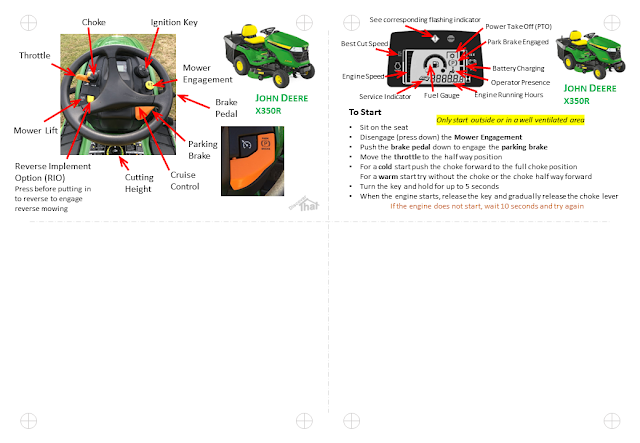I think it is a Shimano M6010 or earlier version of a similar hub. It's definitely a Shimano Deore 142x12 mountain bike hub.
It had more play than I was happy with so needed a service.
I am pleased to say it is similar to other Shimano hubs that I have taken apart.
The locknuts undo with two 17mm cone spanners from the non-drive side. That releases the axle which can be drawn through, being careful to catch any ball bearings that drop out.
I rest the wheel over a plastic tub, so anything that falls out, goes in the container.
There is a dust seal at each end. Note that they have a slight lip that fits upwards into a recess in the back of a flange running round each bearing cone. The dust seals are easy enough to hook out with a screw driver, or pick. That reveals the bearings.
The non-drive side bearings are held in a retainer ring, so they all come out in one go.
Flipping the wheel up the other way, the dust cap can easily be removed and I used a magnet to remove the individual drive side ball bearings.
The next stage is simply to clean everything up thoroughly and inspect.
The bearings are 3/16" at both ends and any damaged can be replaced. If there is too much wear on the cup or cone surfaces, the hub would need to be replaced.
To put it all back, I applied a liberal amount of grease and pushed the bearings into that.
The grease holds them in place for assembly. It is generally recommended that the grease should not be packed in because too much grease could overheat the bearings. To avoid that, I let most of it get pushed out by the bearings and the axle as they are inserted. To my mind, that leaves about the right amount of grease. It's not an exact process.



I found it was necessary to put the drive side seal on the axle before fitting. Remembering that the inner lip faces outwards to go slightly inside the groove in the fixed cone flange. Fit the axle, careful not to dislodge any of the 13 loose ball bearings.
Turn the wheel over to have the non-drive side facing upwards and drop in the bearings in their retaining ring. The cone wont' fit if the retaining ring is up the wrong way. It's fairly obvious, the more open part of the ring, revealing more of the bearings, faces outwards.
It is not necessary to use a retaining ring, 13 individual bearings do the same job. The ring is just for ease of assembly.
With the bearings in place, slide on the seal, with the inner lip outwards.
Screw on the cone and the lock nut.
Now the tricky bit, and the reason I prefer sealed bearings and not cup and cone! The umpteen attempts to get the pre-load just right. The cone has to be tight enough against the bearings to get rid of the play but loose enough so it still rotates freely! Several locking, fitting, testing, unlocking and try again, and I had it just right.
A nicely running wheel with no play.
==





































